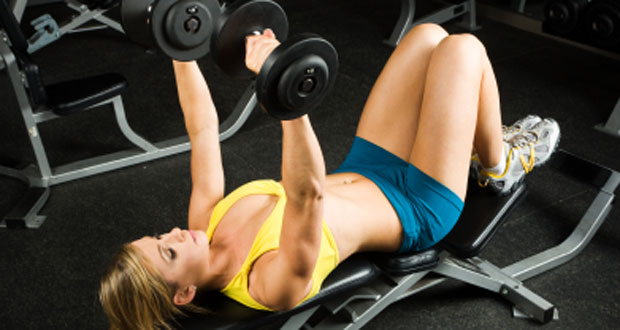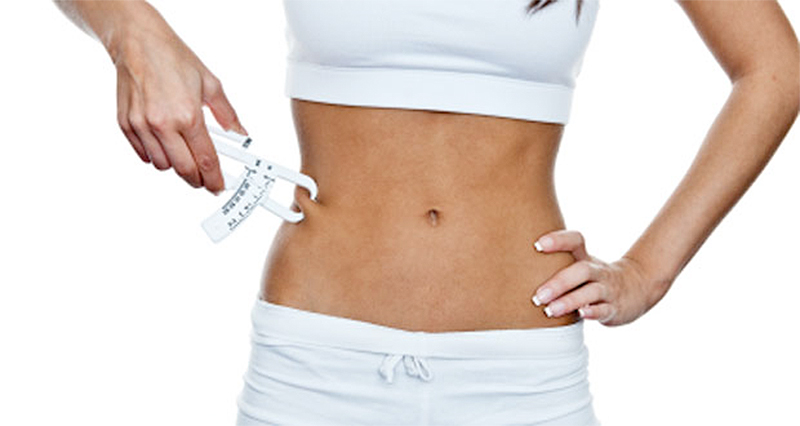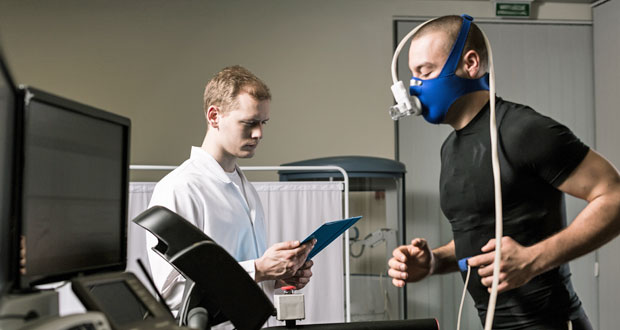Fitness is such a broad term and a complex subject that can include health and skill-related fitness. Health-related fitness is often divided into several other components which form our overall health status and include cardiovascular or aerobic fitness, strength, and flexibility.
Cardiovascular Fitness (Aerobic Fitness)
This is also sometimes known as stamina and is the ability of your body to continuously provide enough energy to sustain submaximal levels of exercise. To do this the circulatory and respiratory systems must work together efficiently to provide the working muscles with enough Oxygen to enable aerobic metabolism.
This type of fitness has enormous benefits to our lifestyle as it allows us to be active throughout the day, for example walking to the shops, climbing stairs, or running to catch a bus. It also allows us to get involved in sports and leisure pursuits.
If we have good cardiovascular fitness then our health is also good as it helps with:
- Fat metabolism
- Improved delivery of Oxygen
- Faster removal of waste products
- Decreased levels of stress
Strength
Strength is vitally important, not only in sports but in day-to-day life. We need to be strong to perform certain tasks, such as lifting heavy bags or using our legs to stand up from a chair. Strength is defined as the ability of a muscle to exert a force to overcome resistance.
Strength is important for our health as it enables us to :
- Avoid injuries
- Maintain good posture
- Remain independent (in older age)
Health related fitness & flexibility
Flexibility is the movement available at our joints, usually controlled by the length of our muscles. This is often thought to be less important than strength, or cardiovascular fitness. However, if we are not flexible our movement decreases, and joints become stiff. Flexibility in sports allows us to perform certain skills more efficiently, for example, a gymnast, dancer, or diver must be highly flexible, but it is also important in other sports to aid performance and decrease the risk of injury.
In daily activities, we must be flexible to reach for something in a cupboard, or off the floor. It also helps:
- Prevent injuries
- Improve posture
- Reduce low back pain
- Maintain healthy joints
- Improve balance during movement
Muscular Endurance
Muscular endurance, unlike strength, is the ability of a muscle to make repeated contractions over a period of time. This is used in day-to-day life in activities such as climbing stairs, digging in the garden, and cleaning. Muscular endurance is also important in sports, such as football (repeated running and kicking), tennis (repeated swinging of the arm to hit the ball), and swimming (repeating the stroke).
Body Composition
Body composition is and important component of health related fitness. It is the amount of muscle, fat, bone, cartilage, etc that makes up our bodies. In terms of health, fat is the main point of interest and everything else is termed lean body tissue. The amount of fat we carry varies from person to person and healthy averages vary with gender and age.
A healthy amount of fat for a man is between 15&18% and for women is higher at 20-25%. It is important to maintain a healthy percentage of body fat because:
- Excess body fat can contribute to developing a number of health problems such as heart disease and diabetes
- Places strain on the joints, muscles, and bones, increasing the risk of injury







